City Directories and History: The house, a Folk Victorian style cottage, was built in circa 1889. It has a lateral gable roof with a rear gable projection and a hipped one story addition in the back. The entry is flanked by windows and the entry surround has a double pair of turned posts on wooden pedestals. On the left side there is another entry with a flared hipped roof.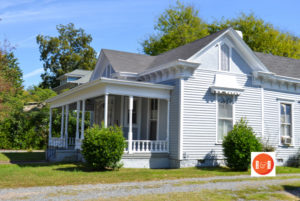
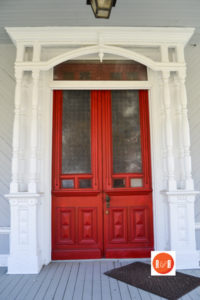
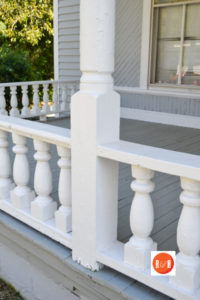
This was one of potentially two houses moved to the street when Reid Street was developed between what was East Main and East White Streets – the White family property. It has been reported to R&R that this home once sat at #363 East Main Street prior to being relocated here. It was in this home that local writer, Ms. Margaret “Maggie” Robbins resided and wrote a history of downtown Rock Hill with historian William B. White, Junior. Much of this information has been posted for users enjoyment on R&R and a copy was provided John Misskelley, as requested by Mr. White, to assist him with his on going research in the East Town neighborhood. The house has been used as apartments for decades.
REID STREET NEIGHBORHOOD AT A GLANCE – In 1992, the Reid Street-North Confederate Avenue Area Historic District was placed in the National Register of Historic Places. The district includes the White House, which had been placed in the register as an individual property in 1969. East Main Street, Reid Street and Confederate Avenue developed as one of the first residential neighborhoods surrounding the downtown area of Rock Hill. By the 1870s, houses were being built along East Main Street several blocks from the originally platted area of the community. In 1888, the first public graded school was built nearby on Black Street. Central School served the community for many years, and today the site of the school is occupied by the Central Child Development Center. A street was opened between Main and Black which terminated at the school. Originally called Academy Street, the name was later changed to Confederate Avenue. Reid Street was opened just after the turn of the century, and the entire area rapidly filled with houses.
The families who moved into this neighborhood were largely middle class business or professional families. Most worked in the downtown area, only a two to three block walk away. Several of the early home owners were employed as teachers or government workers. Merchants included R. W. Cranford, who operated a department store, Arthur Patterson (wholesale grocery), James Huey (pharmacy), John Good (stable), and the Barnes and Workman families (telephone business). Dr. W. R. Blackmon lived on Main Street and other residents of the area included the superintendent of the Highland Park Mill (Charles Steed), and a railway conductor (Ernest Guntharp). R. E. Tomkins moved his family from Kershaw to East Main Street so that his children could benefit from the new school.
Most of the earliest houses in the neighborhood were in Late Victorian Styles, including one-story cottages and two-story homes. Several excellent Victorian homes remain on North Confederate Avenue and Reid Street. The John Good House (c. 1895), located at the corner of East Main and Confederate, is an exceptional Late Victorian home. Later houses were built in the emerging Classical Revival style. Just after 1900, some of the earlier Victorian houses on East Main Street were moved to Reid Street. These one-story Victorian cottages were replaced by larger classical revival homes. Apparently, East Main Street was becoming more fashionable, and the cottages had gone out of style and were too small for the area.
This neighborhood is still largely intact and represents one of the best collections of historic homes in Rock Hill. We are indebted to the property owners who have maintained and restored these beautiful houses. [Written and contributed to R&R by Paul M. Gettys]
The Herald report on July 7, 1906 – “that Catawba Real Estate (E.E. Poag) has completed three cottages on Ebenezer Avenue.”
Click on the More Information / PDF > link found below the picture column for additional data or pictures, as well as, a copy of Margaret Robbins writings. And open the history thread “below” for a link to #130 Reid Street for additional family history.
Stay Connected
Explore history, houses, and stories across S.C. Your membership provides you with updates on regional topics, information on historic research, preservation, and monthly feature articles. But remember R&R wants to hear from you and assist in preserving your own family genealogy and memorabilia.
Visit the Southern Queries – Forum to receive assistance in answering questions, discuss genealogy, and enjoy exploring preservation topics with other members. Also listed are several history and genealogical researchers for hire.
User comments welcome — post at the bottom of this page.
Please enjoy this structure and all those listed in Roots and Recall. But remember each is private property. So view them from a distance or from a public area such as the sidewalk or public road.
Do you have information to share and preserve? Family, school, church, or other older photos and stories are welcome. Send them digitally through the “Share Your Story” link, so they too might be posted on Roots and Recall.
Thanks!
User comments always welcome - please post at the bottom of this page.
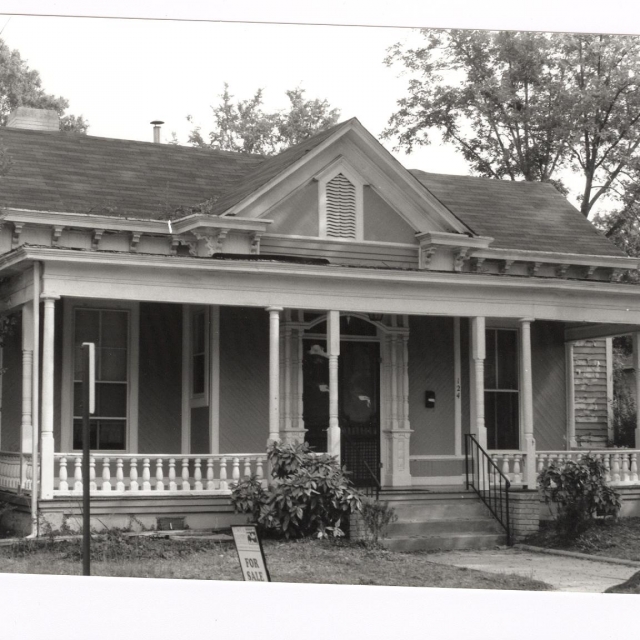
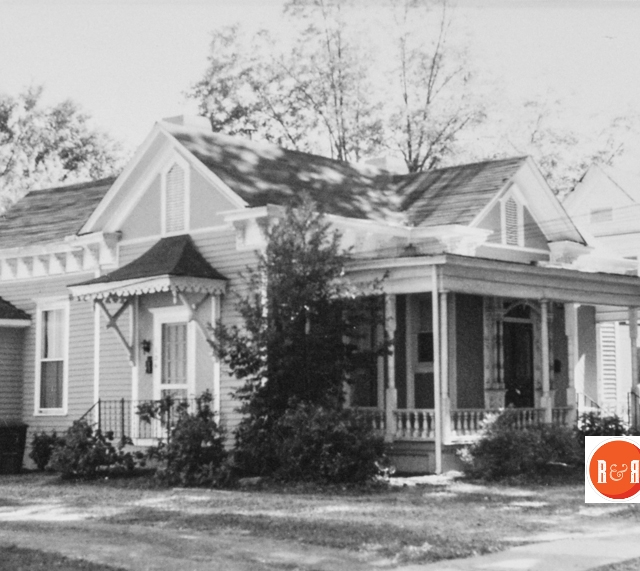
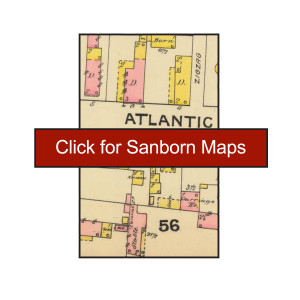
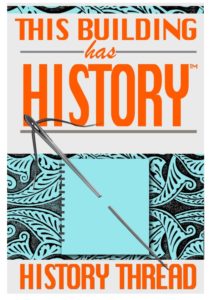


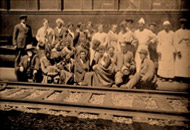
Share Your Comments & Feedback: